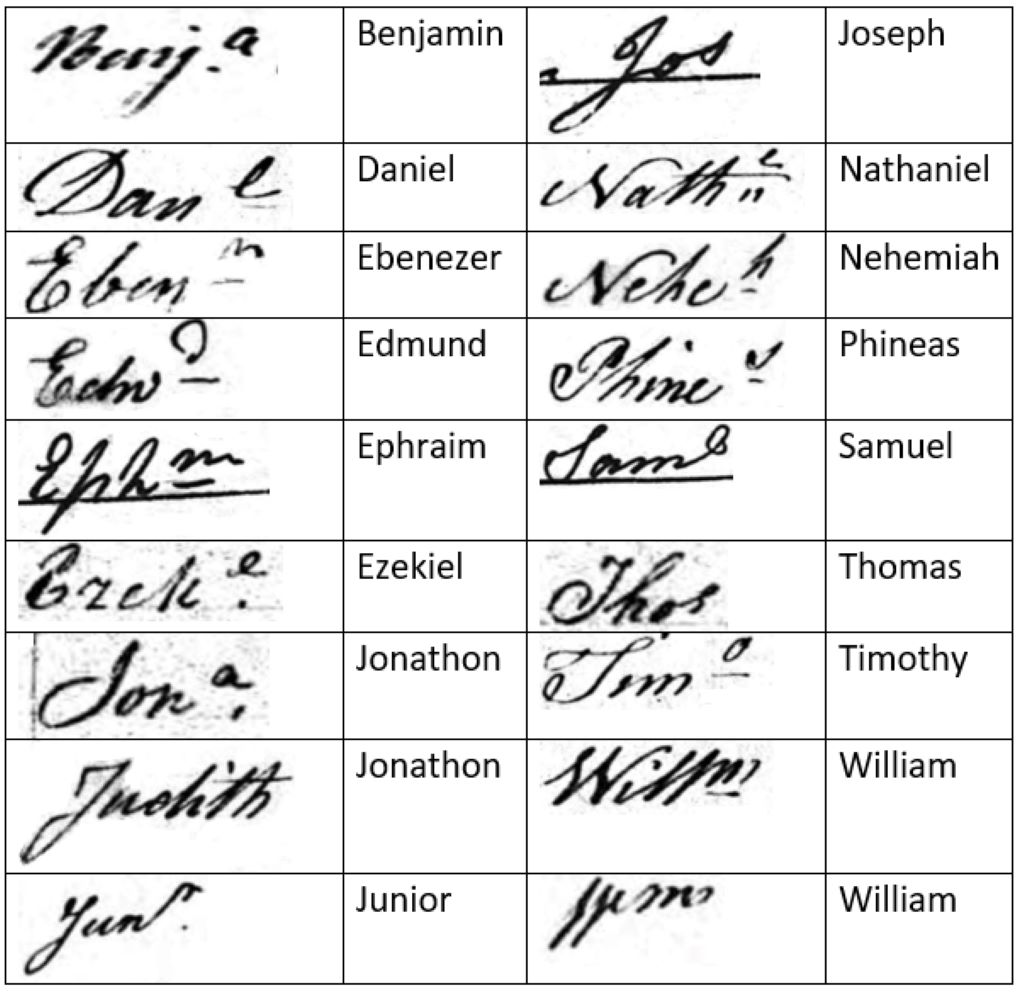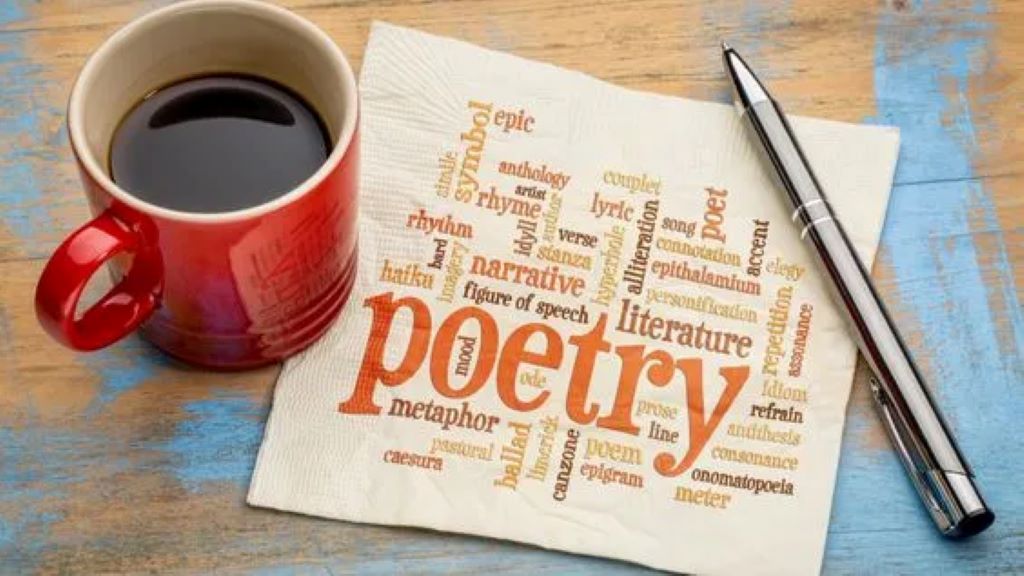Have you ever found yourself drawn into a story so deeply that you couldn’t stop reading? Or, maybe you’ve felt that special connection with a piece of writing like the author knew exactly what you were thinking. Well, this magic happens because of certain techniques found in a list of writing techniques that make the text come alive. Whether you’re a budding writer or simply curious about improving your writing, knowing these techniques can make a world of difference.
Writing isn’t just about putting words on a page—it’s about creating something that resonates with the reader. And here’s the best part: once you learn the key techniques, you can easily apply them to tell better stories, make your essays more engaging, and even write more convincing arguments. Let’s dive into some powerful writing techniques that can transform your writing! By the way, Dldxedu believes in the power of teaching writing techniques early, helping students understand the art behind great writing.
-
Descriptive Writing: Painting Pictures with Words
Imagine reading a story where every detail comes to life in your mind, as though you’re walking through the setting. That’s descriptive writing! This technique focuses on describing a person, place, or thing in such vivid detail that the reader feels like they are right there with you.
For example:
- Instead of saying, “The sunset,” you could say, “The golden sun slowly dipped beneath the horizon, casting a warm glow over the sleepy village.”
Using sensory details—what we see, smell, hear, taste, and touch—helps create this effect. It allows readers to experience the scene just as you, the writer, envision it. Statistics show that readers tend to stay engaged longer with descriptive texts because their imagination gets actively involved, which is especially important in fiction writing.
Pro Tip: Don’t go overboard with the description! While it’s fun to paint a picture, too much detail can slow down the narrative and overwhelm your reader.
-
Dialogue: Giving Your Characters a Voice
Good dialogue brings your characters to life. It shows how they think, how they react, and what they feel. But, more importantly, it helps the reader get to know your characters. Through their conversations, readers learn more about the personalities and motivations of your characters without needing long, drawn-out explanations.
For example, instead of telling the reader that a character is nervous, show it through their speech:
- “I… I’m not sure about this,” he whispered, his eyes darting around the room.
Notice how the hesitation in the character’s speech tells us he’s nervous without directly stating it? That’s the beauty of well-written dialogue.
Tip: Use dialogue tags (“he said,” “she whispered”) sparingly. Your reader should be able to figure out who’s speaking just by the flow of the conversation.
-
Foreshadowing: Dropping Clues About What’s to Come
Foreshadowing is when a writer gives subtle hints about what might happen later in the story. This technique keeps readers on their toes, eagerly flipping pages to see if their suspicions are correct.
For example:
- “As Sarah left the house, she had an odd feeling she’d forgotten something important.”
That simple sentence suggests that something significant will happen soon, keeping the reader engaged and curious. According to some studies, suspense created through foreshadowing boosts the reader’s emotional investment, making the story more thrilling.
Pro Tip: Be subtle! You don’t want to give away too much too soon.
-
Alliteration: Adding Rhythm to Your Writing
Alliteration is the repetition of the same sound or letter at the beginning of closely connected words. This can make your writing sound catchy and pleasing to the ear, which is why it’s often used in poetry and advertising.
For example:
- “She sells seashells by the seashore.”
It’s fun to read, right? Alliteration can make your writing more memorable and help highlight important phrases.
Tip: Don’t overuse it. Alliteration should enhance your writing, not distract from it.
-
Metaphor and Simile: Drawing Comparisons
Metaphors and similes are techniques used to make comparisons, helping readers understand something unfamiliar by relating it to something they already know.
A simile uses “like” or “as” to compare two things:
- “He was as busy as a bee.”
A metaphor makes a direct comparison:
- “The classroom was a zoo.”
Both techniques are useful because they paint a vivid picture without needing lengthy descriptions. Studies have shown that readers are more likely to remember ideas presented using metaphors and similes, as they create stronger mental connections.
Pro Tip: Be creative! The more original your metaphors and similes, the more unique your writing will feel.
-
Hyperbole: Exaggeration for Effect
Hyperbole is an exaggerated statement that’s not meant to be taken literally but is used to emphasize a point.
For example:
- “I’ve told you a million times to clean your room!”
We know no one has said it a million times, but it gets the point across: the speaker is frustrated. Hyperbole adds drama or humor to your writing, depending on how you use it. In persuasive writing, it can emphasize how serious a situation is.
Tip: Use hyperbole sparingly. If every sentence is an exaggeration, readers may not take your writing seriously.
-
Personification: Giving Life to the Inanimate
Personification is when you give human qualities to animals, objects, or ideas.
For example:
- “The wind whispered through the trees.”
This technique can make your writing more engaging and lively. By making inanimate objects behave like humans, you can create an emotional connection for the reader. Studies show that personification helps readers emotionally engage with non-human elements in a story, especially in poetry.
Tip: Use personification to create mood. It’s a great way to evoke emotion or atmosphere in your writing.
-
Repetition: Driving Your Point Home
Repetition is the simple act of repeating words or phrases to make a point more memorable. This technique is particularly effective in speeches, poetry, and persuasive writing.
For example:
- “I have a dream that one day… I have a dream that my four little children will one day live in a nation… I have a dream today.”
Martin Luther King Jr.’s famous “I Have a Dream” speech is a prime example of how repetition can strengthen a message. By repeating key phrases, you can reinforce your main idea and leave a lasting impression on your reader.
Tip: Be strategic! Overuse of repetition can bore the reader. Instead, repeat only the most critical points.
-
Irony: When Reality Is the Opposite of Expectation
Irony occurs when there’s a stark difference between what is expected and what happens. It can be humorous, tragic, or both.
For example:
- A fire station burning down is ironic because you would expect a fire station to be the last place to catch fire!
Irony adds an interesting twist to writing and can lead to moments of surprise for the reader, making your text more memorable.
Tip: Irony works best when it’s unexpected but logical. If it’s too random, readers may just feel confused rather than amused or shocked.
-
Shorthand Words: Speeding Up the Process
In certain types of writing, especially in note-taking or journaling, shorthand words come in handy. These abbreviations or symbols stand in for longer phrases, helping you write quickly without losing meaning.
For instance, “w/” can replace “with,” and “b/c” stands for “because.” Using shorthand writing words makes taking notes or jotting down ideas faster, but be mindful of your audience—this technique is best reserved for informal writing or personal notes rather than formal essays.
-
Cliffhanger: Leaving Your Reader Wanting More
Have you ever finished a chapter in a book and felt the urge to immediately start the next? That’s because of a cliffhanger—a technique where the writer leaves the story unresolved or in suspense.
For example:
- “Just as she opened the door, she saw—”
The sentence stops there, forcing you to keep reading to find out what happens next. This is why many TV shows end their episodes with a cliffhanger—it keeps viewers coming back! The same technique works in writing, especially for serialized stories or long novels.
Tip: Don’t overuse cliffhangers. They’re most effective when used occasionally to heighten suspense or set up a dramatic reveal.
-
Flashbacks: Revisiting the Past
Flashbacks are a narrative technique that allows a writer to take the reader back in time to events that happened before the current story. This can help explain a character’s motivation or provide important background information.
For example:
- “She remembered the day her mother left, the scent of lavender lingering in the air as the door closed behind her.”
Flashbacks are useful for revealing crucial details about a character or the plot without dumping information all at once. However, statistics show that poorly executed flashbacks can confuse readers if the transition isn’t smooth.
Tip: Use clear transitions when moving between the present and the past, so the reader doesn’t get lost.
You may find this useful: Is Preschool Free in the US?
Conclusion
These are just a few of the many writing techniques that can transform your words into engaging, memorable, and impactful stories. Whether you’re using metaphor to add depth, foreshadowing to build suspense, or dialogue to breathe life into your characters, each technique has its unique purpose. By understanding and practicing these methods, you can develop your voice as a writer and make your writing truly stand out.





